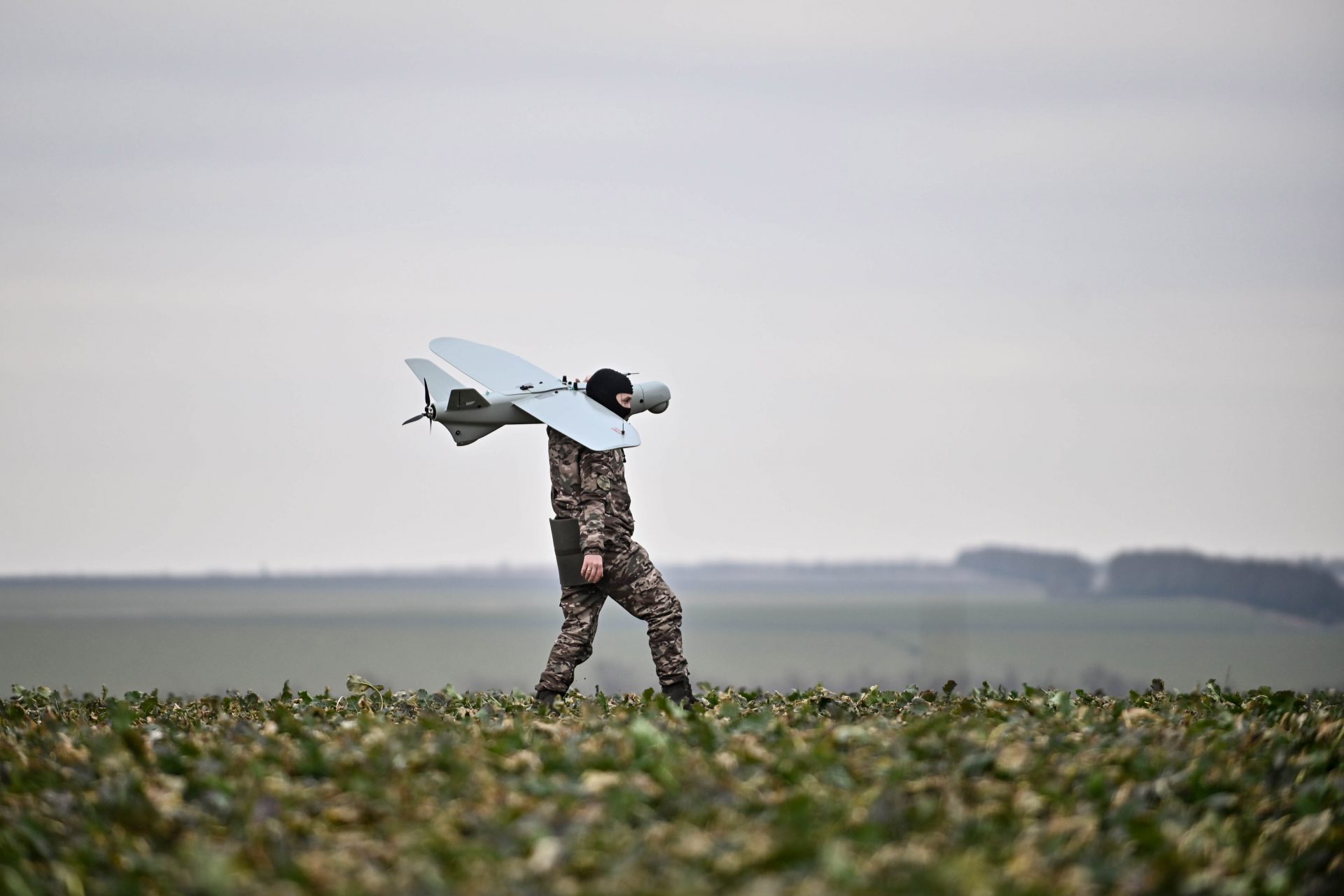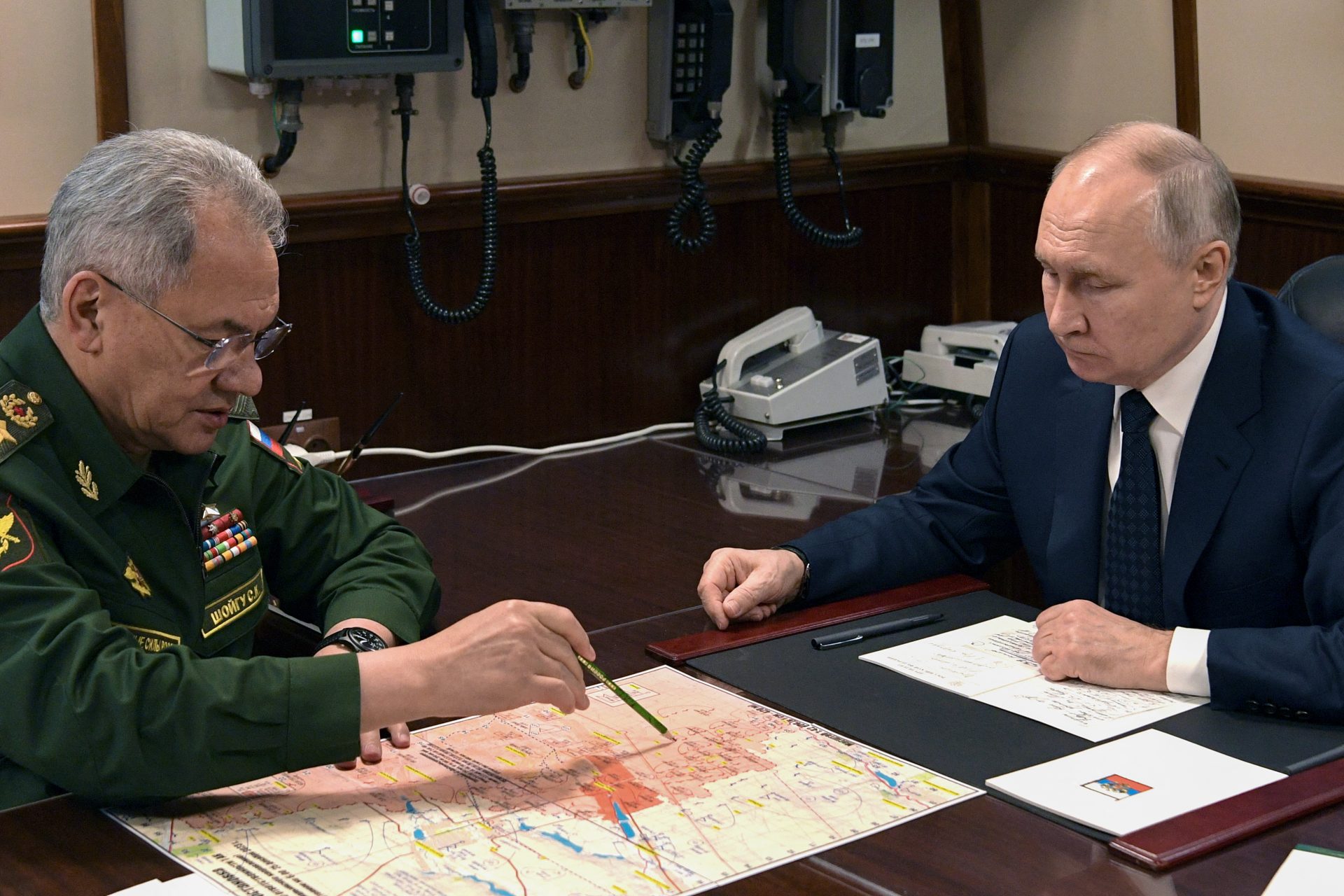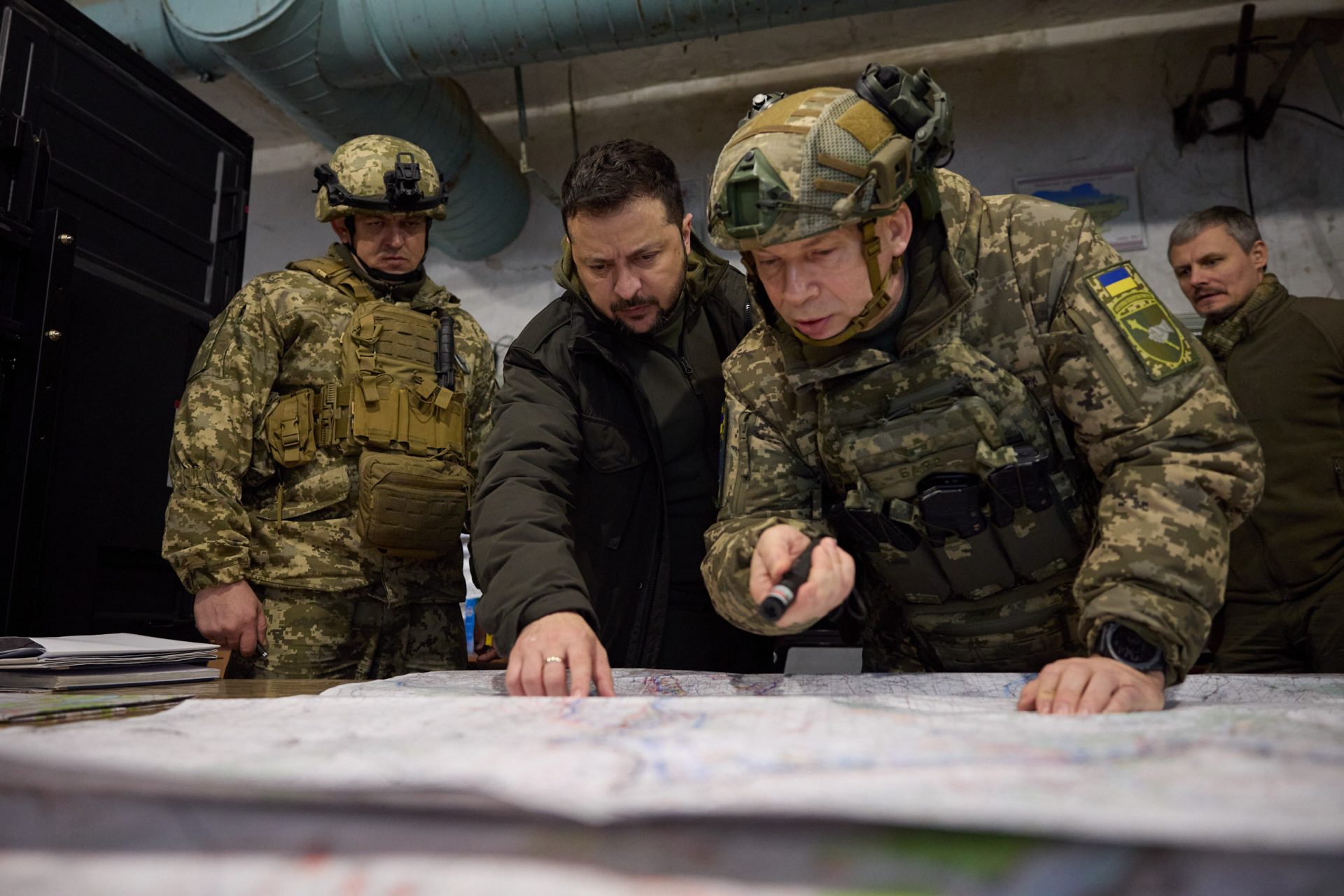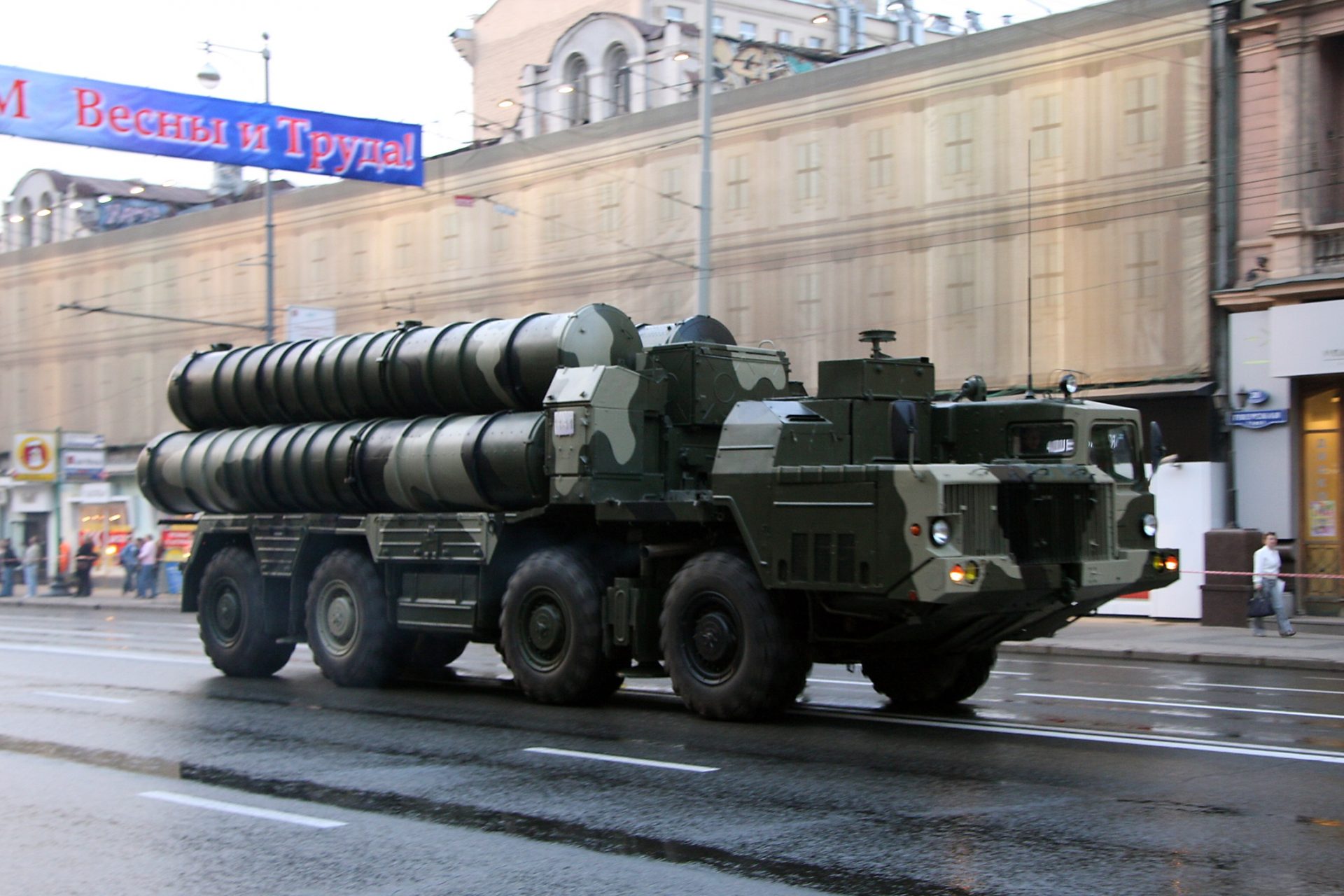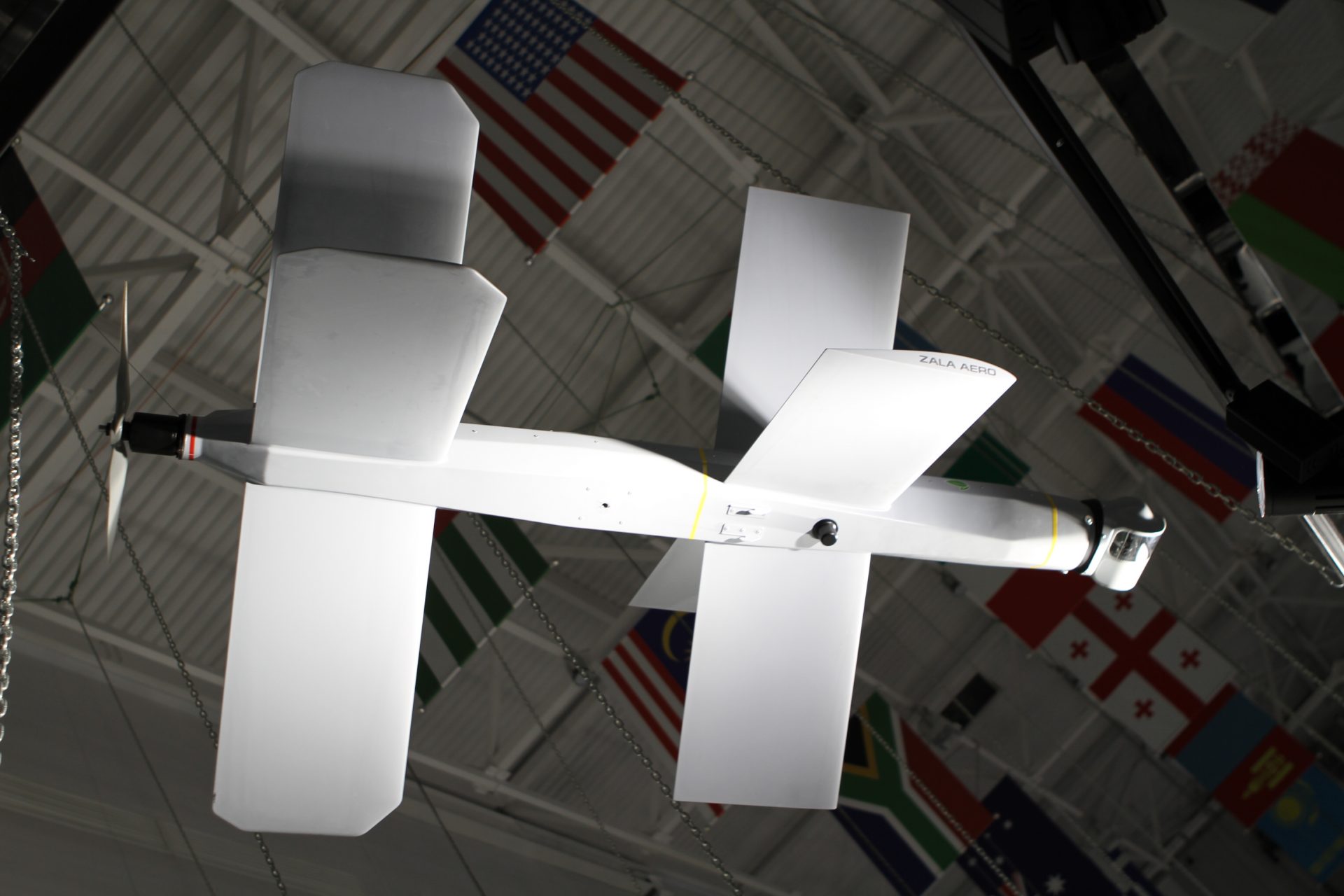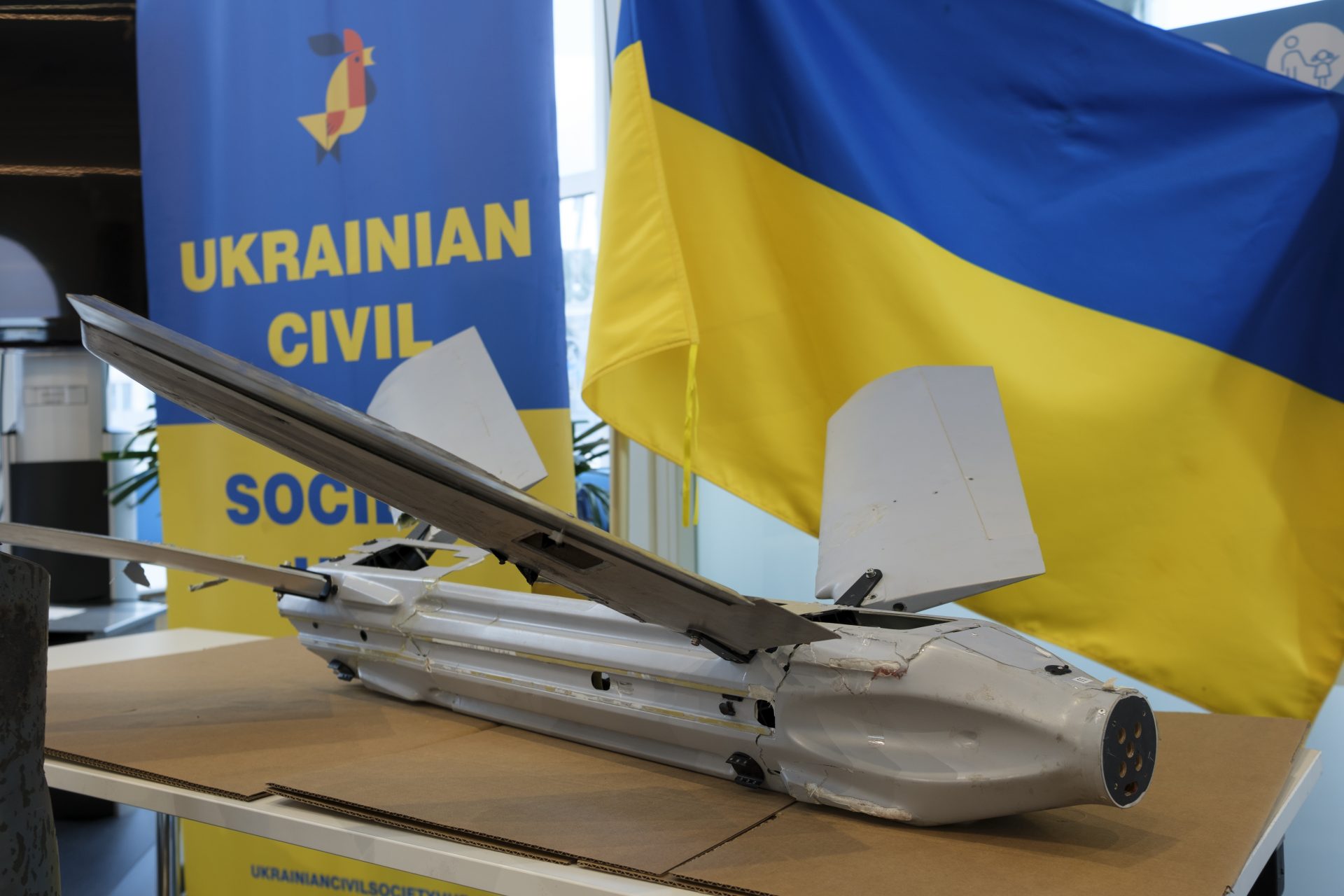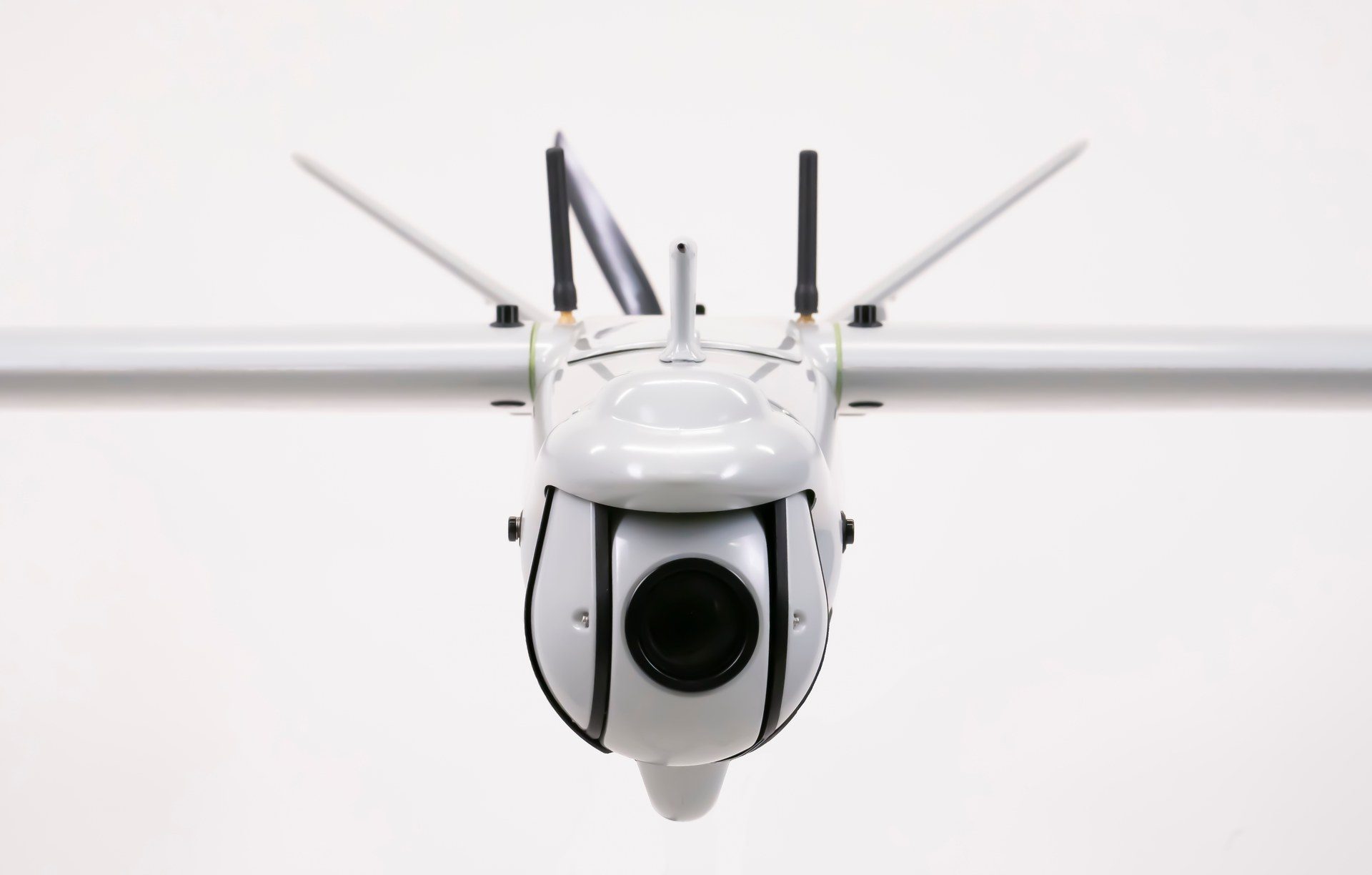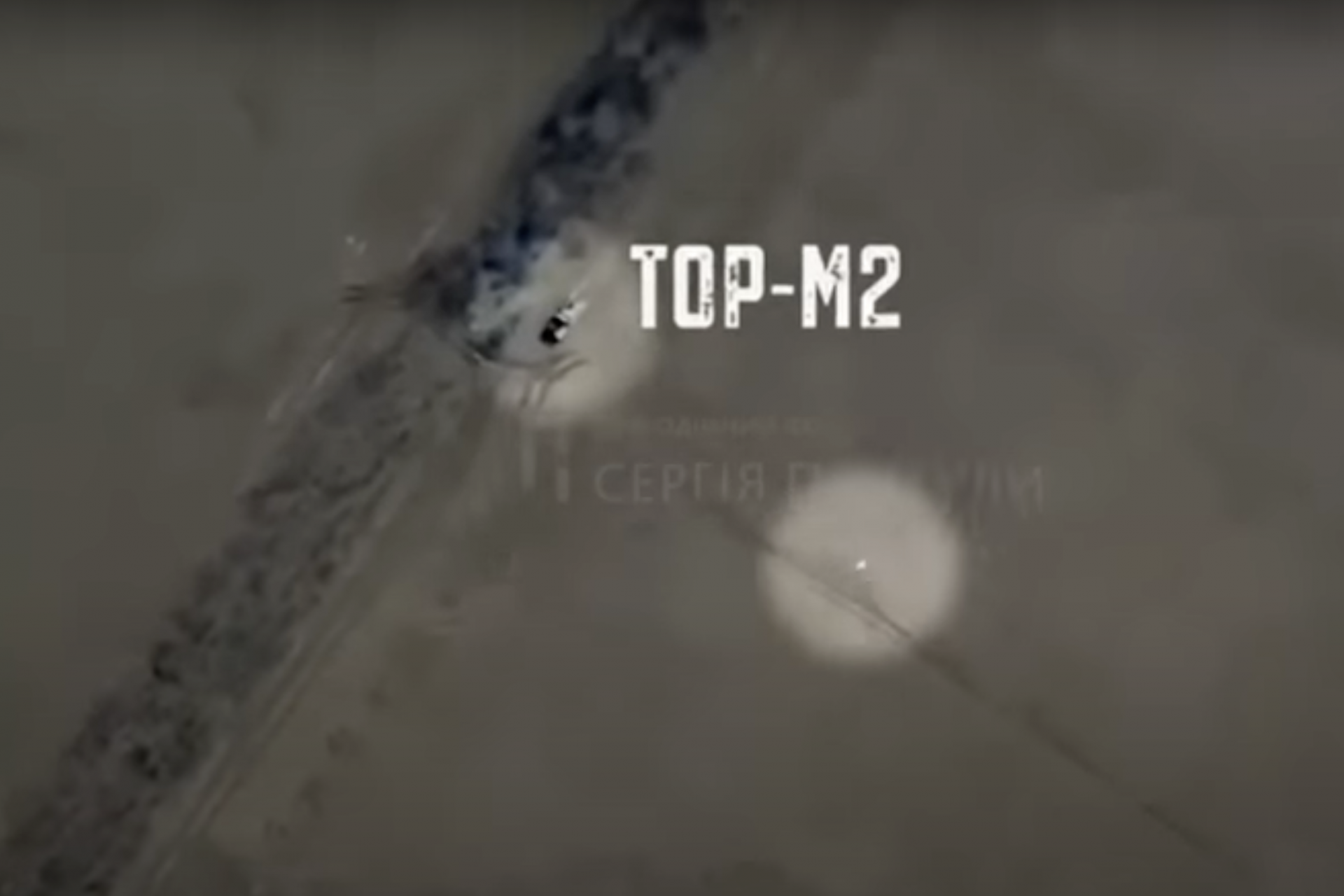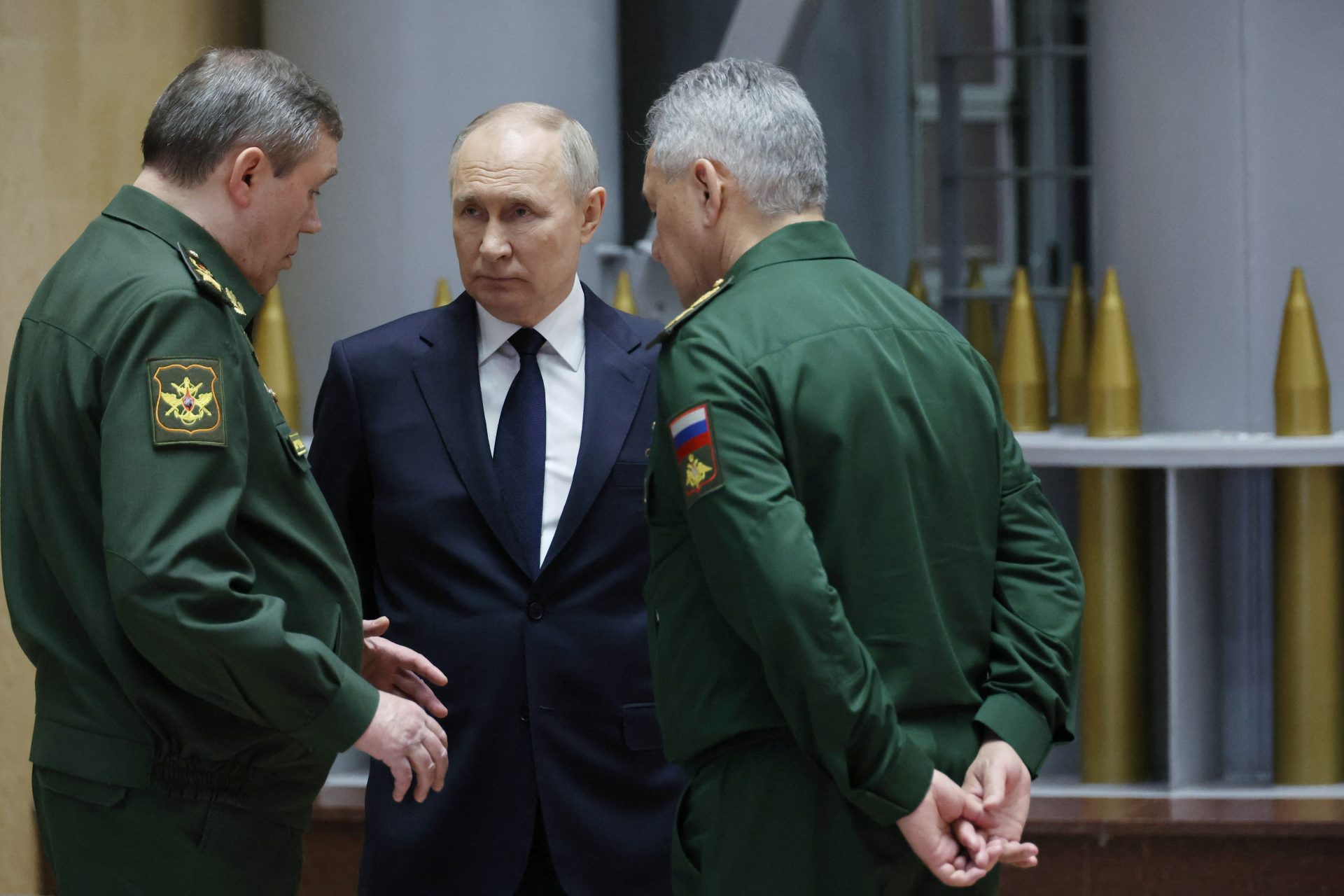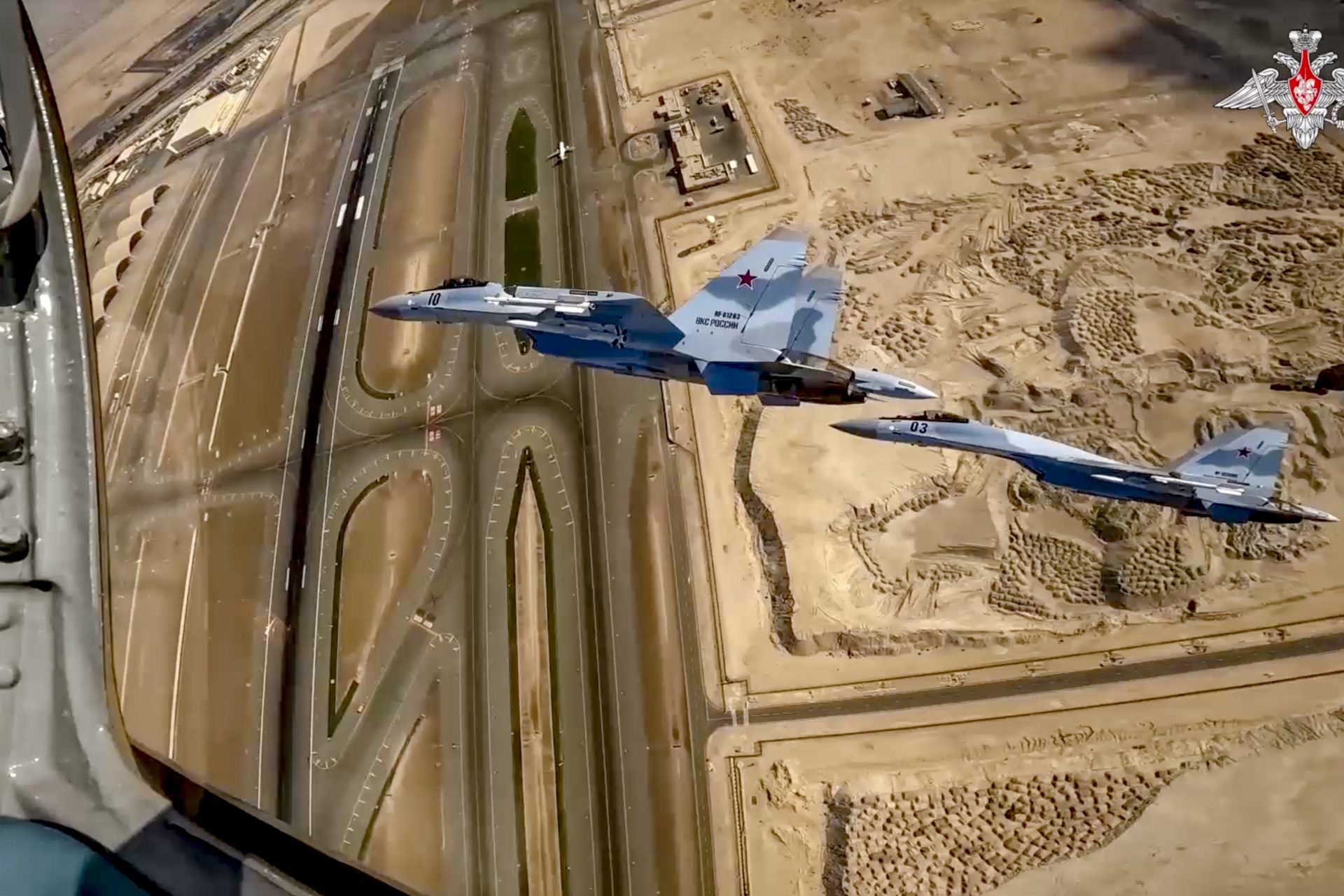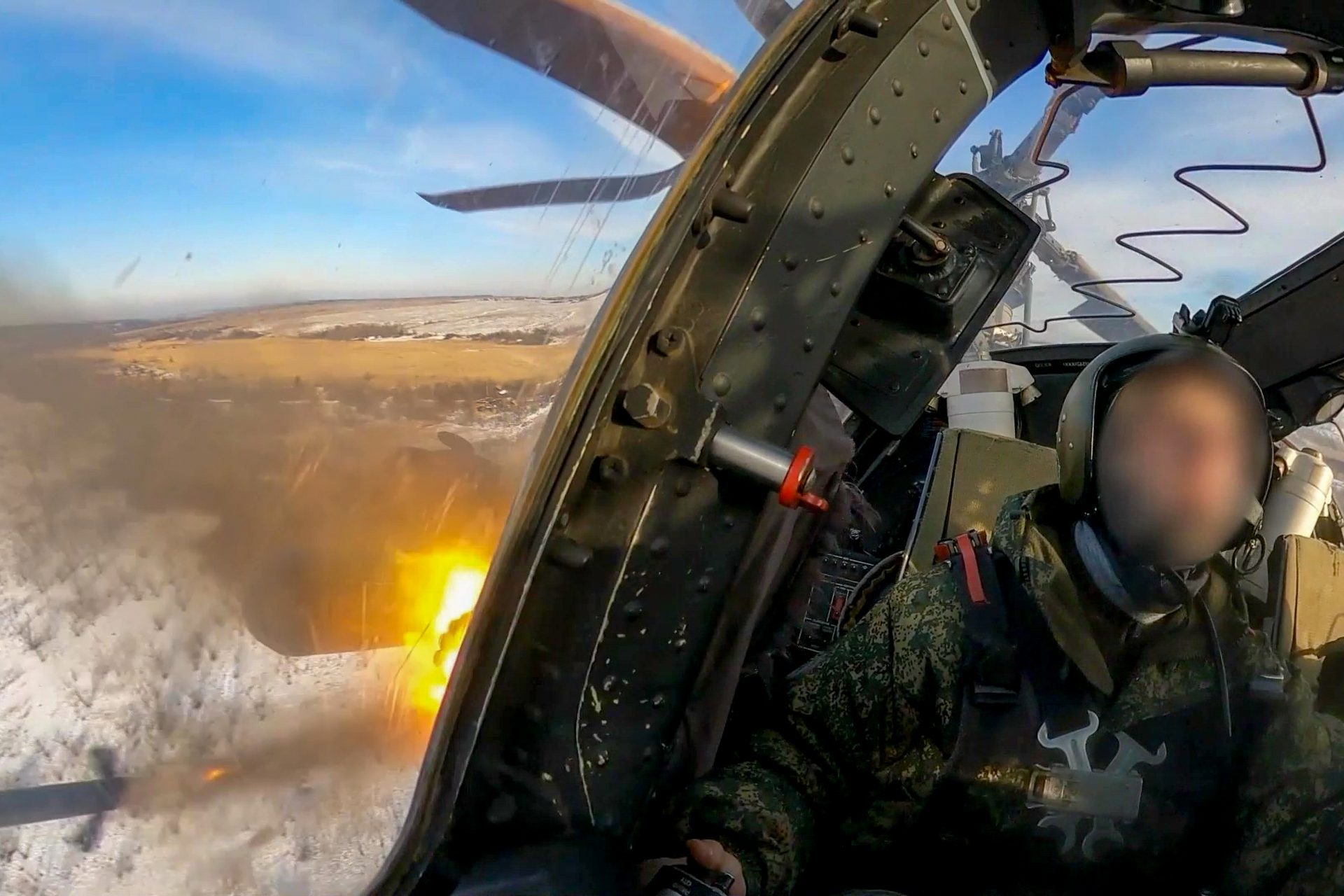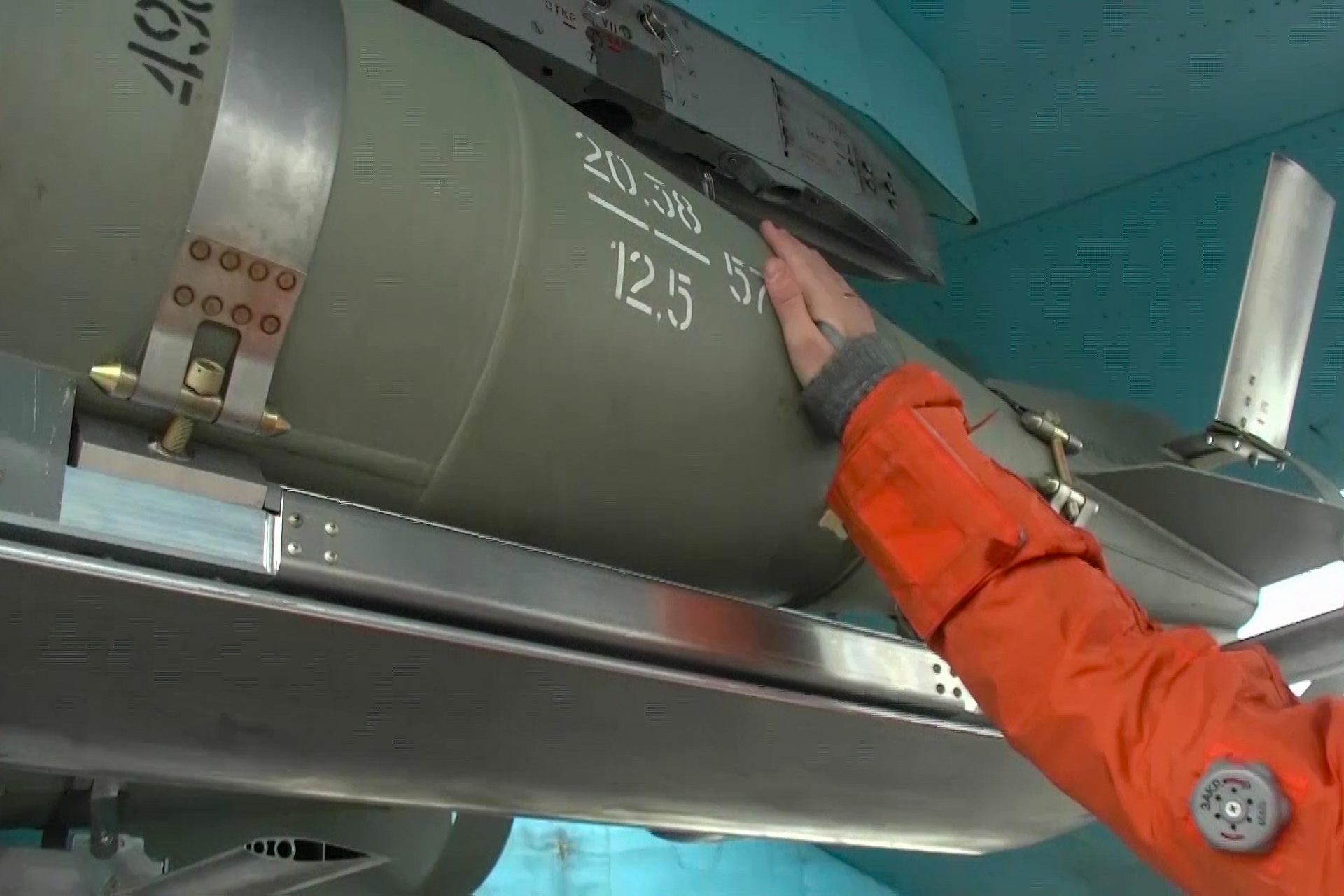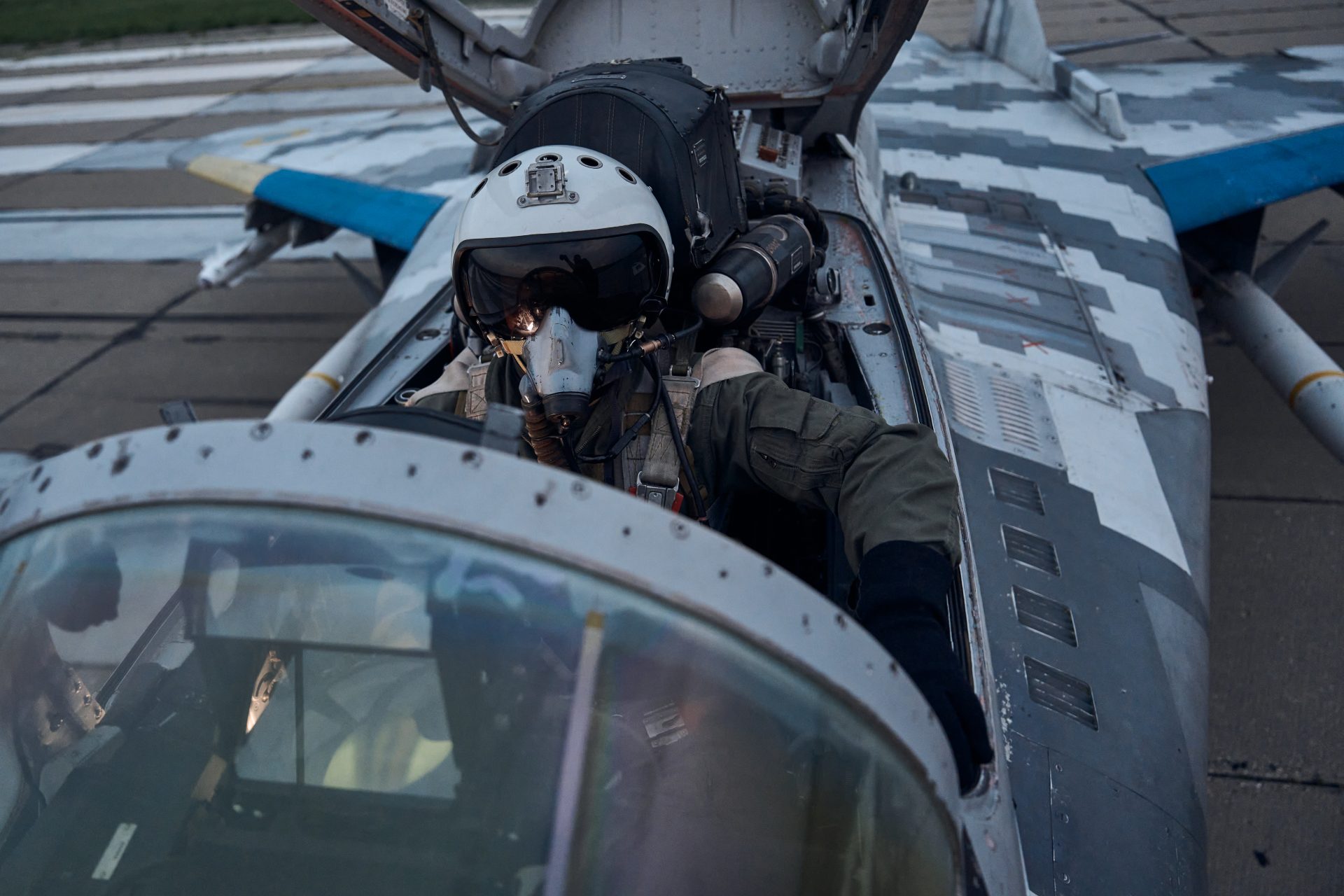Can Ukraine’s new drone campaign change the battlefield?
Modern war was changed forever when Russia launched its invasion of Ukraine with the introduction of drones to the battlefield. Unmanned aerial vehicles transformed what could be done on the frontlines and created new worrying situations.
One of the best examples of how drones have changed warfare was explained by David Axe of Forbes in an April article on how Ukraine was working to put an end to Moscow’s dominance of the frontlines using a new type of loitering drone.
According to Axe, there has been an area along the edge of the frontlines that’s been in a weird position military. A 15 to 25-mile or roughly 25 to 40-kilometer section of territory all along the front is a no man’s land in terms of some weapons.
Howitzers and first-person-view drones can’t be used to strike the enemy in these areas but the strip of land is close enough that air defense systems can target enemy air units operating overhead. However, Russia had a solution to this problem.
Throughout the first two years of the war, Kyiv didn’t have any weapons in its arsenal to combat Russian air defense systems working to take down Ukrainian air units in the ‘no man’s land’ air defense zone. But Moscow had the Lancet drone.
Photo Credit: Wiki Commons By Vitaly V. Kuzmin, CC BY-SA 4.0
The ZALA Lancet-3 is an unmanned aerial vehicle that operates as a loitering munition using kamikaze-style attacks to destroy its targets according to a report from the Institute for Science and International Security (ISIS).
Photo Credit: Wiki Commons By Nickel Nitride, Own work, CC0
“The drone system has made a dramatic impact on the battlefield and has successfully targeted and destroyed or damaged a multitude of combat systems operated by the Ukrainian armed forces,” ISIS added.
David Axe noted that Russian Lancet drones are fairly cost-effective at $35,000 dollars a unit and added that they have been particularly useful for pushing away Ukrainian air defense from the frontlines, which created safe zones for Russian air assets to operate.
However, Ukraine has developed its own version of the Lancet: the Ram II. The Ram II is produced by the Ukrainian aerial vehicle company Deviro and is a re-engineered and upgraded version of an older drone from the company known as the Leleka-100.
Photo Credit: Facebook @ram2uav
The Ram II operates a lot like the Russian Lancet according to Axe. It loiters around the battlefield until it finds a target to attack. The Ram II has a range of 19 miles or about 30 kilometers and has been “wreaking havoc on Russian air defenses” Axe wrote.
Photo Credit: Facebook @ram2uav
The Ram II has been operating on the battlefields in Ukraine since at least March 2023 when one was used to destroy a Russian Tor-m2 missile system according to Defense Express. But Axe reported that in February the Ram II went into mass production.
Photo Credit: YouTube @Prytula
The importance of Ukraine’s new drone campaign against Russian air defense systems is “hard to underscore” according to Axe because it could put Kyiv on equal footing with Moscow and alter the dynamic on the frontline that has favored Russia.
For example, if Ukraine can use its Ram II drones to knock out enough air defense units it could “clear the way for fighter-bombers to streak toward the front line at high altitude and drop precision glide bombs from 25 miles away,” Axe explained.
Russia is already using glide bombs to devastate Ukrainian positions in a similar way and Russian forces have been getting away with it because of the opportunity that its Lancet drones have created on the battlefield.
The Economist reported on the advantages Russian glide bombs bring to the battlefield by noting they are carried by Su-34 or Su-35 fighters and lobed flying at high speed at a distance that could be as far away as 40 miles or 65 kilometers.
Glide bombs can’t be tracked once they are launched and there is no way to stop these bombs besides destroying the aircraft that are carrying them. That means it needs to use its own air assets or get its air defense systems in range of Russia’s fighter bombers.
If Ukraine can use its Ram II drones to create a safe zone for its air defense systems, it could allow Kyiv to intercept Russian glide bomb attacks and allow its air force to use the very same tactics against Russian positions along the frontlines.
More for you
Top Stories



